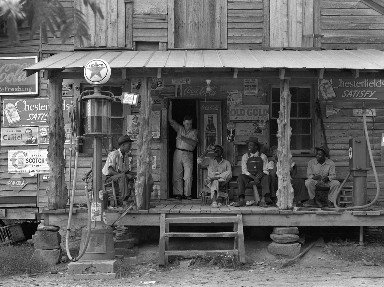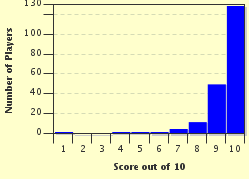Quiz Answer Key and Fun Facts
1. Joan of Arc was an illiterate, Catholic French peasant who led an army against the English in the early 1400s during the Hundred Years' War. She helped turn the tide of the war and enabled the prince to be crowned King Charles VII of France. At only 19, she was captured in battle and pronounced a heretic. How was she executed?
2. Tamar was a woman who ruled her Middle Eastern country from 1184 to 1213. During her reign, the country experienced the "Golden Age". Tamar helped defend her people from the conquering Muslims, planned military campaigns to expand her territory, and issued in booming cultural and economic times. What country did this woman warrior lead? (Hint: there is a state in the United States with a similar name)
3. Boudica was a Celtic warrior queen who sought vengeance against the troops that took her lands, flogged her, and raped her daughters. In 60 AD she personally led 100,000 tribesmen against the invaders and slaughtered over 70,000 of the soldiers and their allies. What conquering army did she attempt to vanquish?
4. Lozen was an Apache woman warrior who fought alongside her brother, and later Geronimo, in order to help her people escape reservations and death from the US cavalry. Besides being a skilled fighter and medicine woman, she had a unique gift to steal what kind of resource?
5. Fu Hao was a Chinese wife, mother, and warrior who lived in the 13th century BC. Besides being one of the king's 60 wives, she also led over 13,000 soldiers in battle and defeated many enemies. Her tomb, when discovered, proved invaluable in learning more about this time and reinforced the stories about her skill with a weapon. What was the weapon she preferred?
6. Artemisia I was the ruler of Halicarnassus (part of modern day Turkey) in the 5th century BC. She was a skilled military tactician and warrior and often sided with King Xerxes of Persia in the war against the Greeks. In what type of combat did she specialize?
7. Tomoe Gozen was a female Japanese samurai in the 12th century who was trained in the art of offensive fighting. She was pivotal on the battlefield during the Genpei wars which pitted the Taira and Minamoto clans against each other. What two colors did these clans represent which today fly on Japan's flag?
8. By the year 40 AD, Vietnam had been ruled by the Chinese for over 240 years. Two sisters named Trung Trac and Trung Nhi led a revolt that was the first resistance against the Chinese. These women warriors trained and led over 80,000 people in battle. What animal are they said to have ridden and are typically pictured with in history?
9. Rani Lakshmibai was the queen of the Indian state of Jhansi and featured her warrior skills in the Indian Mutiny of 1857-1858. This woman was extremely gifted in martial arts, swordplay, and horsemanship. She also excelled at mallakhamba. What is this sport?
10. Jennie Hodges came to America from Ireland and in 1863 she joined the Union Army during the Civil War where she called herself Albert Cashier. Although other women dressed as males during the war, what made this sharp-shooter woman warrior unique?
Source: Author
stephgm67
This quiz was reviewed by FunTrivia editor
bloomsby before going online.
Any errors found in FunTrivia content are routinely corrected through our feedback system.


